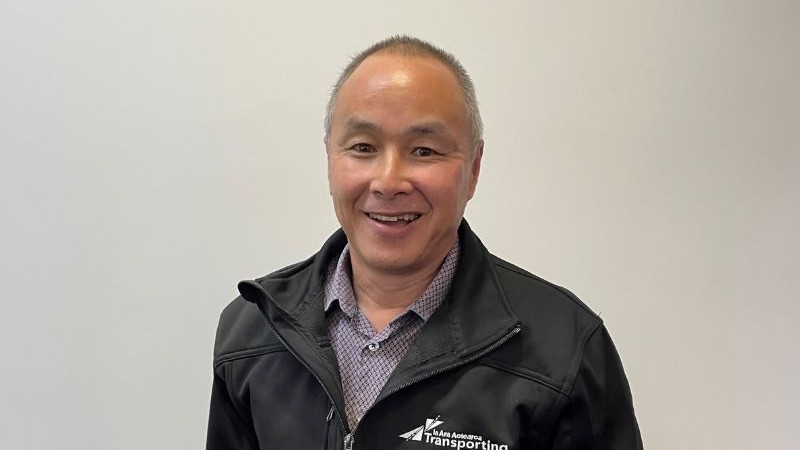
It’s been another week out of the office and into the conference centre, this time for the Institute of Road Transport Engineers in Hamilton.
The Tron put on a great week, and the speakers were an excellent and interesting bunch of experts from overseas and New Zealand. (I will admit to being a bit biased because I am a past president of IRTENZ and as a council member I was involved in organising the speaker programme. But interesting is as interesting does!)
As I’ve said before, I don’t think it is our role to tell any specific operators how to run their business, our job should be to put quality information in front of transport operators so they can determine what suits them best.
Given the conference has just finished, I’m sorry I don’t have time to share all the insights. But I do have a few that come to mind and demonstrate the diversity of the work being done just in the area of decarbonisation.
It was great to get an update on HWR’s groundbreaking hydrogen-diesel fuel project from Kim Hill, the commercial manager and leader on that project being trialled in the Mainland.
She reported that two more trucks are due to be commissioned in the next fortnight which shows HWR’s commitment in this space. There was a great follow-up discussion, particularly from the purist perspective, as to whether hydrogen was a good way forward given the inherent energy losses in the production and conversion of hydrogen.
In my view, given the availability of electric power train technology and the supporting infrastructure, HWR’s analysis makes perfect sense. More importantly it enables decarbonisation to happen with current diesel ICE vehicles which will remain our fleet for some time to come. Going after stuff to make a difference now is the only way we have any chance of meeting our climate targets.
On the other hand I was equally impressed with Mark Darrah’s presentation on Reliance’s Project Shift, which is their decarbonisation plan. As well as switching their fleet to electric where it makes sense, Reliance also has plans to produce their own power on site.
To me this would enable a massive reduction in energy cost from diesel to electric. It would also be a quantum shift reducing the operator’s normal risks associated with fuel supply, namely supply and cost. I also liked Mark’s strategy and thinking on multiple energy variants, such as using biofuel blends or renewable diesel for a higher horsepower diesel fleet.
Nemanja Miletic, from SAF Holland, gave a fascinating talk on how powered axles could change vehicles, which went well with Waka Kotahi Riccardo Areosa’s talk on innovative vehicles that have been approved in the last couple of years. It sounds like there’s going to be a lot more innovation coming up, and it is important that our regulatory bodies keep up with the changes to make sure we can all make the most of this new gear.
An example of this is allowing EV trucks used in supermarket deliveries to be driven by Class 1 licence holders. Currently their extra weight, courtesy of their batteries, pushes them over the weight limit into Class 2, but without any real change in their handling or safety. It’s one of the recommendations we’re making for “Quick Wins” in our industry summary for the new Transport Minister.
I was also very pleased to see that representatives I spoke to from the Ministry of Transport, Police CVST and Waka Kotahi also got a lot of value from catching up on the changing technologies of both vehicles and roads, and what that means for future highways and future roads.
I think another example which demonstrated the complexities of the way forward was in the various approaches to regulatory compliance. The presentations by Police CVST and Waka Kotahi were excellent and their rationale for their joint Commercial Vehicle Safety Programme of rolling out fixed sites made good sense.
But on the other hand I could also understand Australia’s strategy, which is almost the exact opposite. They are taking a path that relies on innovative digital monitoring systems and data sharing to achieve similar outcomes. I think there needs to be more thinking and discussion around the pros and cons of each approach.
As I said, we’ll be talking about these things with the transport minister. When we get one!
And while it seems like forming a government is taking rather a long time, in 2017 it took the Dutch – no slouches in running a pretty good economy – 225 days of negotiations to form a coalition.
I’m not saying we want that sort of length of time as we have a few things that need doing at a governmental level! But in the meantime, we will all get on with doing what we do – keeping the freight moving and all those different wheels turning.
By Dom Kalasih, interim chief executive Transporting New Zealand





